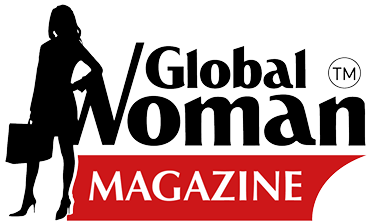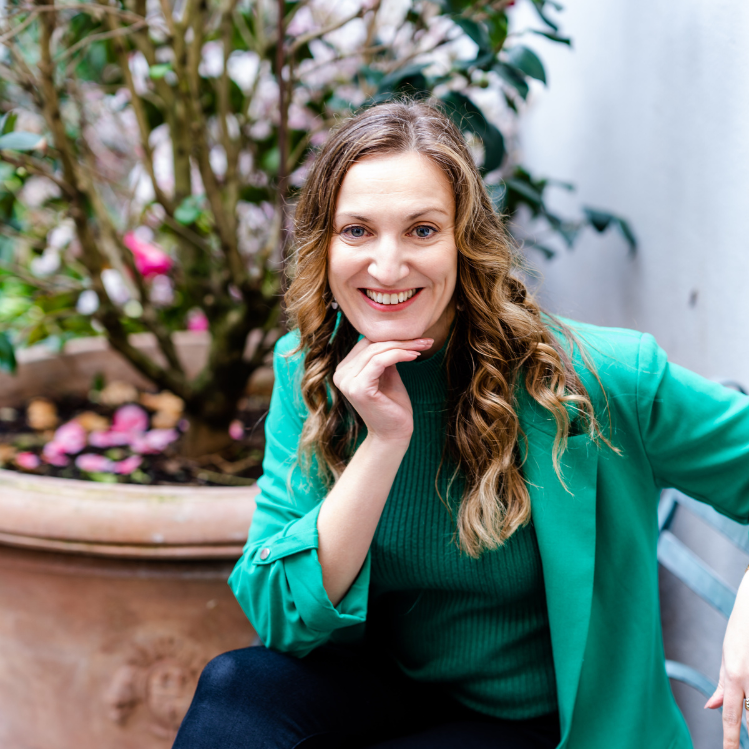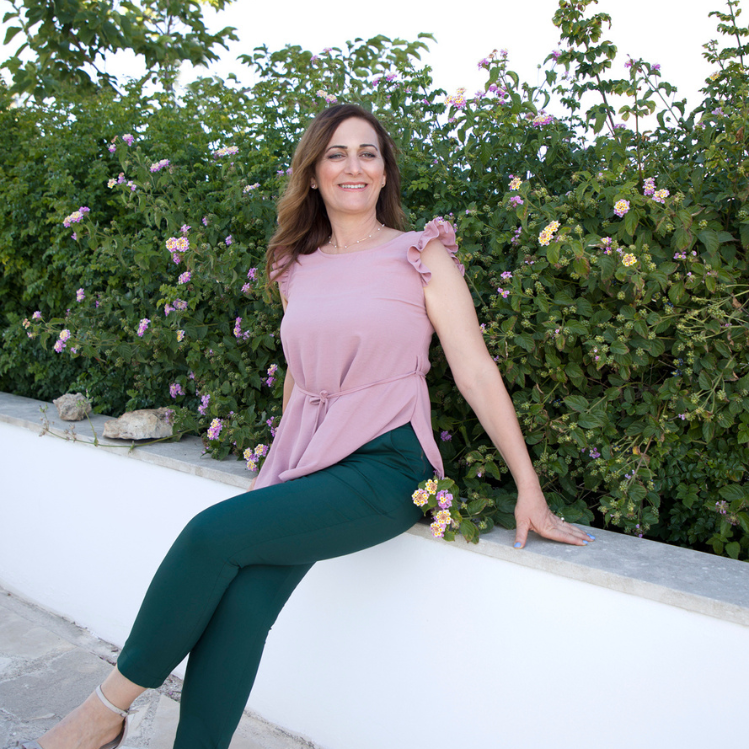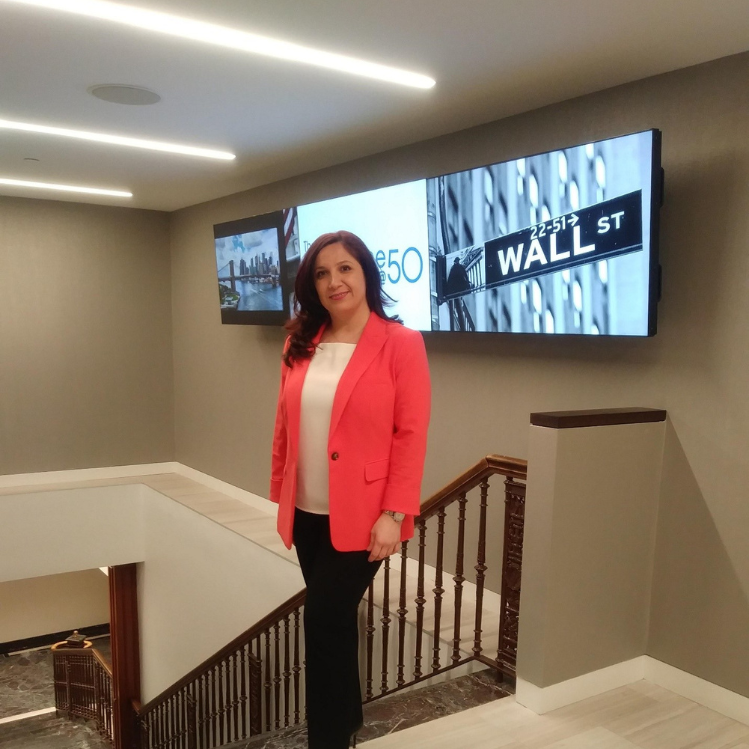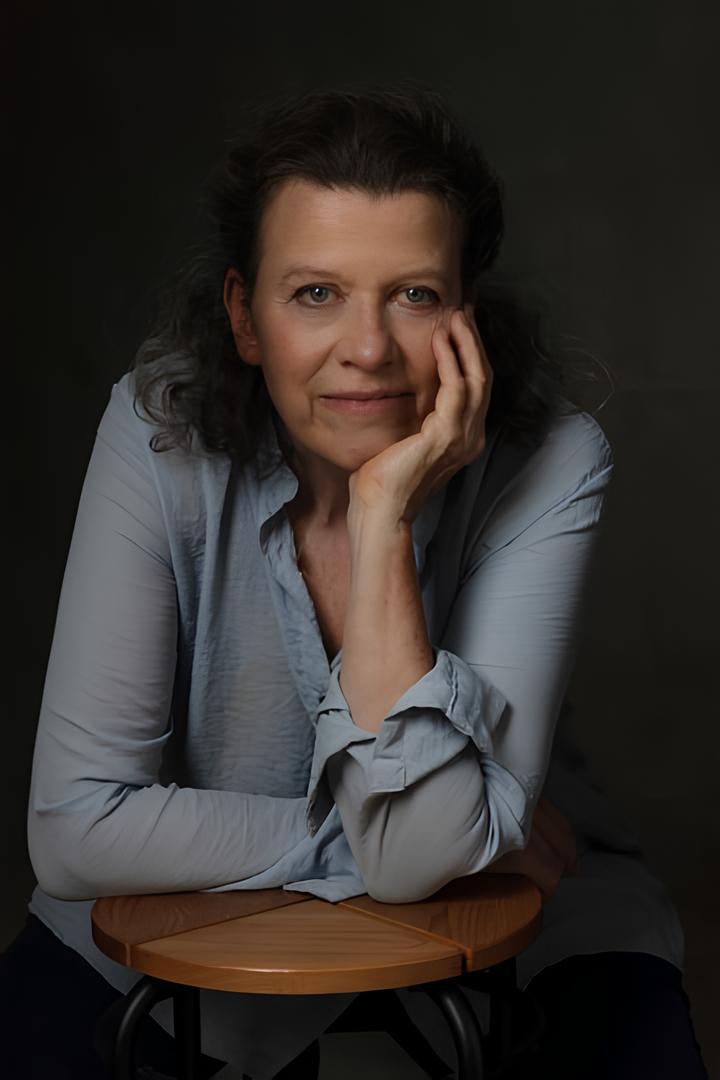
Beyond Words: Breaking Language Barriers in a Daring Dance of Expression
In this article Marianne Jansen, the author, an artist, and teacher, explores her journey in understanding the distinction between descriptive and explanatory words in the context of various art forms. She discusses the challenges of articulating artistic concepts into words, her approach to teaching art, and how her personal experiences influenced Marianne’s ability to communicate the essence of art. Marianne also shares thoughts on the intersection between the visual and the verbal in art, and how this relationship has evolved throughout her career. This exploration provides valuable insights for artists, educators, and art enthusiasts alike.
Explore
ToggleCan you describe your journey in understanding the distinction between descriptive and explanatory words in the context of art, music, dance, visual art, poetry, and literature?
Silence
Being touched
The world around you, tangible,
In wonder,
The world around you,
Touches you with sounds
You hear, You see,
You hear the leaves
You see the light, the shadows
Your footsteps
Every work of art is new.
Art, music, dance, visual art, poetry, and literature: a world you step into, go under, a language in itself, often difficult to put into words. Describing and explaining these art forms is certainly very important to make the story, the performance or composition more accessible.
My journey, first as a child visiting a museum, hearing music at concerts, gave me an idea of what these art forms could mean to me, how they touched me or not. I was also very curious about theatre and dance. Yes, the more I learnt about them, the more I understood, the more these art forms came alive for me. I was very impressed, and this led to me also wanting to become an artist, in my case a visual artist. I encountered these art forms not only in primary school, but an uncle of mine also supported me. He took me along to museums and I learnt about different styles, artists, and art history. Experiencing art and the curiosity to learn more were the first layers which opened the door to my feeling and connecting to this world that was presented to me. A world that made me aware that I could find my own way in that landscape and make my own mark.
I later went to art school and now, as an artist and teacher, I am passionate about enriching the world with thoughts and emotions depicted in images and passing on this richness.
Descriptive in what visual art can be and exploratory in how to implement visual work in your own way.
How do you personally experience the challenge of not being able to put certain artistic concepts into words, and how do you address this challenge in your own work?
It is a challenge during practically every creation for visual artists in particular to put certain artistic concepts into words. Art is something that you feel; that you experience with your whole being and the ‘art’ is to try and not need words to express what you are trying to convey through that specific medium.
When I am unable to put certain artistic ideas or concepts into words, I first visualize them to have a clear idea in my head. Then I design, make sketches and let my work emerge, so to speak before stepping back and letting time pass, and then the elaboration grows and takes form by itself.
Conveying the message through the movement, the color, the substance, the light, it speaks its own words. Words are so limiting; art goes way beyond how it affects us to our deepest level.
Poetry is also art because these words represent more than what they literally say.
I wish everyone accessed their creativity and could express themselves through it. There are so many ways, like dancing, writing, and drawing, something for everyone.
Creativity is a valuable and precious part of who we are, a basic need.
Can you share an example of a specific art piece or project where you’ve struggled to articulate its essence, and how did you ultimately convey it to your audience?
In 2009, I signed up and contributed a video and text to Tomoko Mukaiyama’s project “Wasted” – on the topic of the transience of the feminine virtue of fertility. It involved exhibitions and a multimedia piano concert.
My contribution was the waste of blood, the blood you lose as a woman when you menstruate. What does “wasted” imply? I focused on the essence of waste, what is being wasted? For me, the loss of blood is a biological process. How can I visualize that? In a performance? We, a group of women, were given a silk dress. Could I involve my own blood? How could I best transmit my message? I choose the abstract and the video as means of expression. I depicted this by dripping ketchup on a glass plate, using the silk, white transparent dress, as a filter for the ketchup and captured this on a video, the red stain growing larger and larger.

In what ways do you believe your experience in theatre projects has influenced your ability to bridge the gap between descriptive and explanatory language in the arts?
Theatre involves many mediums of expression: sound, movement, pitch, tone, light, sphere, energy, and changes in expression, so many more ways to convey the message and maybe diminish the need for explanation. In theatre, I depict through movement, dance, or texts, I visually and phonetically tell a story. Theatre gives me the opportunity to further develop my explanatory language through words and movement.
How do you approach teaching drawing, painting, and sculpture to help your students convey complex artistic ideas that might be difficult to articulate verbally?
For me, as an art teacher, it is important that I give my students a safe place to explore creation. Remove the fear of right or wrong, THERE IS no right or wrong. Your way of expression is unique and needs to be able to express itself and then you also learn the techniques. I encourage my students to colour outside the lines, to change their minds, to experiment, to discover the world. In this way we get to see and know our emotional world and can then step into a creative process. I encourage them to express what they want to convey freely and in parallel learn the tools to help convey their message better.
Can you share a memorable moment from one of your workshops where you saw a student break through the barrier of expressing their artistic intentions through words?
It is so fulfilling when a student manages to convey their message through their creation. I have been blessed with many such moments over my 40-year career. One particular moment comes to mind. It was last October during one of the painting/drawing retreats I organize in Sardinia. The student in question paints realistically with much precision and she wanted to loosen up from that. She struggled through many sketches until she produced a vivid depiction of a landscape which felt right and went on to further produce more sketches and paintings that she was happy with. She said: “Every day we practiced a different technique which was well explained, and we followed the instructions. I learned a lot and Marianne guided everyone at their own level, bringing out the best in all”.
Another participant wrote: “An enjoyable, intensive workshop, by a professional artist who consciously sees and guides the ambitions and skills of the individual students. An inspiring week, from which I gained a lot”. Or yet another; “I found you to be a courageously competent teacher… who chose the right learning path for such a mixed group in terms of level. You took time with each student, responding to everyone’s needs. You were there! Respect”.
This is what I do it for, then I know I am doing a good job. I provide the key which my students then use to unlock their own creativity and possibilities.
Do you find that different art forms (e.g., music, dance, visual art) present unique challenges in bridging the gap between descriptive and explanatory language? How do you address these differences?
Yes indeed, each of the art forms you mention comes with its own challenges but also its own advantages. In music, for example, you use not only the instruments but the speed, the energy, to convey your message. In dance you have the movement but also the music, the costume, the facial expressions, in visual art you have color, texture, light, style…
You can describe what you see and hear, and when one knows more, you can better understand what the performance is telling you, or what image is represented. Does it have depth, does it open access to the creator, the choreographer, the conductor, or visual artist? That can be very interesting! When I obtain information beforehand, then I understand better how a work was created. But not always! I very much enjoy being carried away, kidnapped, and watching what comes to me without prior knowledge and absorbing the result. It is also fun to experience the creative process of, for example, a play as a spectator, the rehearsal, in which you witness the different perspectives the director uses. And how the actors, dancers and musicians give it different forms within the design process. Even then, when the performance premieres, I can look at the performance with that prior knowledge and expectation, yet still have an open mind. I feel connected to what I have already seen and can be surprised at the result, which I know is constantly being refined before the next performance.
With the challenges the different art forms present, I manage to bridge the gap between descriptive, what do I see, and explanatory language, looking at and explaining, in my own way.

What role does symbolism and metaphor play in your work and teaching, and how do they aid in conveying complex artistic ideas?
In my drawings, paintings, and sculptures, I avoid deliberately using clear symbols. My images do however symbolize an expression, an inspiration. I distort a head, which is in fact too small, the hands too big. Not that I think of that beforehand, but it arises, and often I like it, and leave it that way. I take inspiration from a drawing of mine, but the piece must tell its own story, and is more abstract.
The main themes in my work are strength, movement, core, and essence. And the pieces of artwork arise as a continuation of my previous work. I do not follow a particular style. My work can be called figurative, not realistic. Colors and shapes, also in paintings and drawings, are abstract in that sense and also give a certain freedom, so you can interpret them yourself. This freedom is also a given for me, where work cannot be planned in advance: a complex idea must first be visualized in a simplified way, then you can work towards that idea, layer by layer, or all at once, if the concept is already within your grasp. As always, the idea and its elaboration, are two different worlds. The image or painting tells its own story. Through structured basic exercises, my students pick this up well and I can guide their personal creative process in parallel.
How has your experience exhibiting your work in various locations influenced your ability to communicate the essence of your art to diverse audiences with different cultural backgrounds?
Art is universal. I do however find it very instructive to engage in conversation with the viewers around the world who come to my exhibitions. This feedback on how things are perceived enriches my visual language, broadens my horizon and this inspires me profoundly. I can step back and am able to better analyze my work and how my drawings, paintings and sculptures can also be perceived by the viewer in a different way. Looking through the eyes of the audience brings me a new perspective, insight.
Can you share your thoughts on the intersection between the visual and the verbal in art, and how this relationship has evolved throughout your career as an artist and educator?
My art is visual and in it I renew my ideas, which are verbal.
My world is colored and has form. Writing for me is giving form to that. You don’t make anything up, everything comes to you.
As for poetry, you can pour words into certain forms of poetry. A haiku, for instance. For visual art, the material is important, the composition and also what you want to express with it. Words don’t come from a vacuum, they are triggered by objects you find, or an assignment you give yourself. The words come from what is inspiring you, such as the landscape you walk in. You can play with words, just as you play with objects, or ideas, prior to a sculpture, drawing or painting.
Feeling versus intellect.
For me, creating art has to do with technique and feeling, that is how I describe it. The moment I start explaining my work, I take a certain emotional distance, which enables me to express my art in a different way.

Global Woman Magazine
Global Woman magazine is a media platform to highlight success stories of women around the world and give them the space to express themselves. We have a team of professional journalists who conduct interviews and coordinate different articles with global experts in different areas and backgrounds. If you are interested to collaborate please click here to fill the form or email at [email protected].
